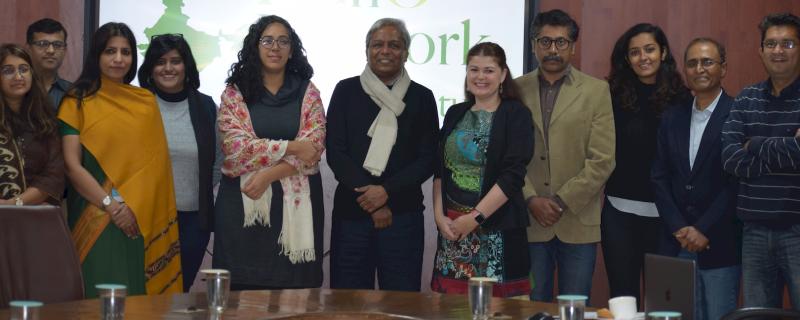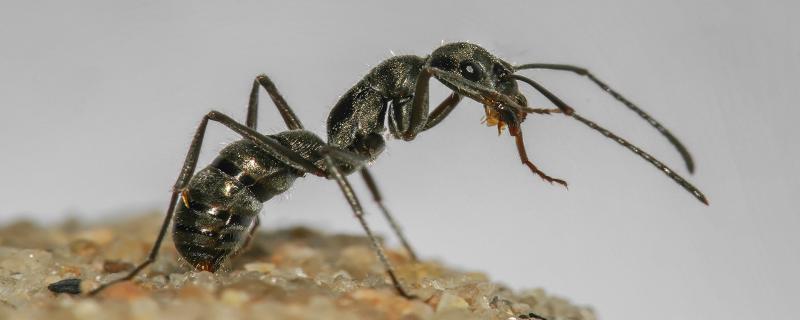In a recent study, researchers explore the effects of frost and freezing temperatures, a characteristic feature of montane shola-grassland ecosystems, on the native and non-native trees of these forests.
आईआईटी मुंबई द्वारा विकसित नया स्पाडानेट (SpADANet) नामक डीप लर्निंग फ्रेमवर्क सीमित लेबलों का उपयोग करते हुए कई, चक्रवातों में हुए हानि के वर्गीकरण की सटीकता को बढ़ाता है।
Mumbai/










![Zebrafish (Danio rerio) Image credits [By Azul - Own work, Copyrighted free use, https://commons.wikimedia.org/w/index.php?curid=260841] Study shows zebrafish use visual cues to find food in turbid water](/sites/researchmatters/files/styles/large_front_800x320/public/zebrafish.jpg?itok=YeFxEM_0)